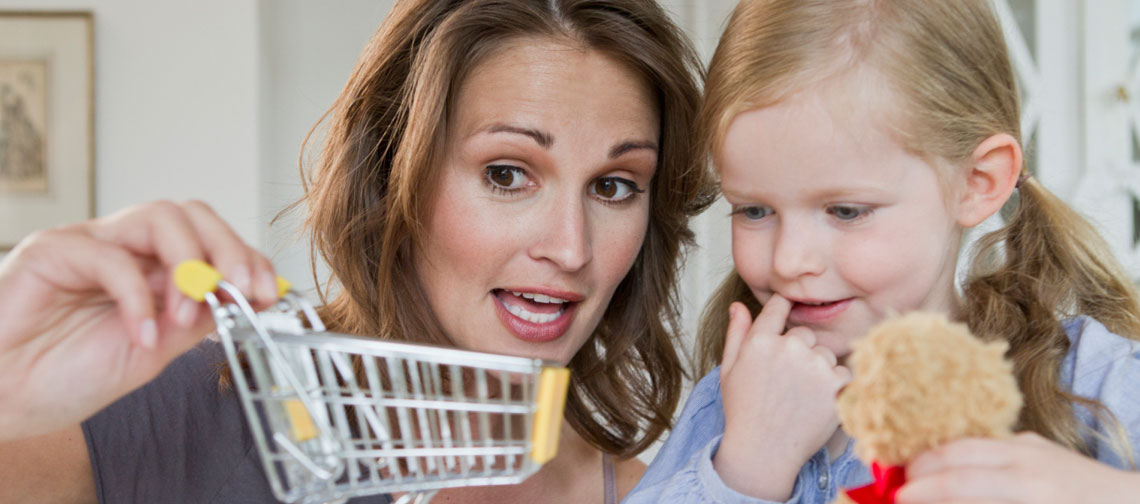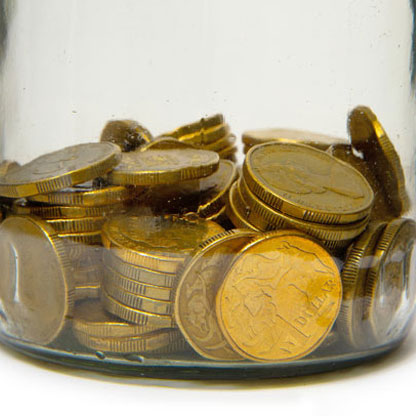Recent research found almost 8 out of 10 parents give their children pocket money. Aside from reducing the amount of nagging you might be hearing, pocket money is a good tool to help you teach your children how to manage money from a young age.
Splitting their pocket money between different boxes is one of the first steps in teaching a child how to budget, and explaining that not all money has to be spent.
The power of 3
You can split the money boxes into these 3 categories:
- Spending – Money to spend on things like food and toys, or when they’re with their friends
- Saving – Money to be put away for the future. Perhaps to buy something more expensive? It’s important to involve your child in deciding their savings goal, and also to make sure it’s achievable
- Sharing – Giving to others less fortunate is something many of us strive to do, and it’s a good thing to encourage this habit from a young age. You can help your children pick a charity or cause they’re interested in to keep them motivated
How much money goes into each box?
As an adult, you’re likely to have a spending or transaction account as well as a savings account. Splitting your money into different accounts can help stop temptation to overspend. The earlier your children do this after receiving their pocket money (equivalent to your salary), the easier it will become.
Before you start, sit down with your child and work out how much of their pocket money should go into each category. Having an agreement about a budget will make the process a lot easier down the line when there may be greater temptation to put all their money into the spending box.
For children, having actual money boxes labelled with 'Spending', 'Saving' and 'Sharing' can help bring the practice to life. They can then deposit their savings into a savings account so they can watch that build over time and begin to learn about more complicated things such as earning interest. Make sure the boxes are in a visible part of your home, such as on a shelf in their bedroom or in the kitchen to help to keep spirits up.
You can also make putting the money into the boxes part of the experience of giving them their pocket money. Watching and encouraging them as they put their money away will help to reinforce the importance of budgeting and saving in a pretty fun way.




